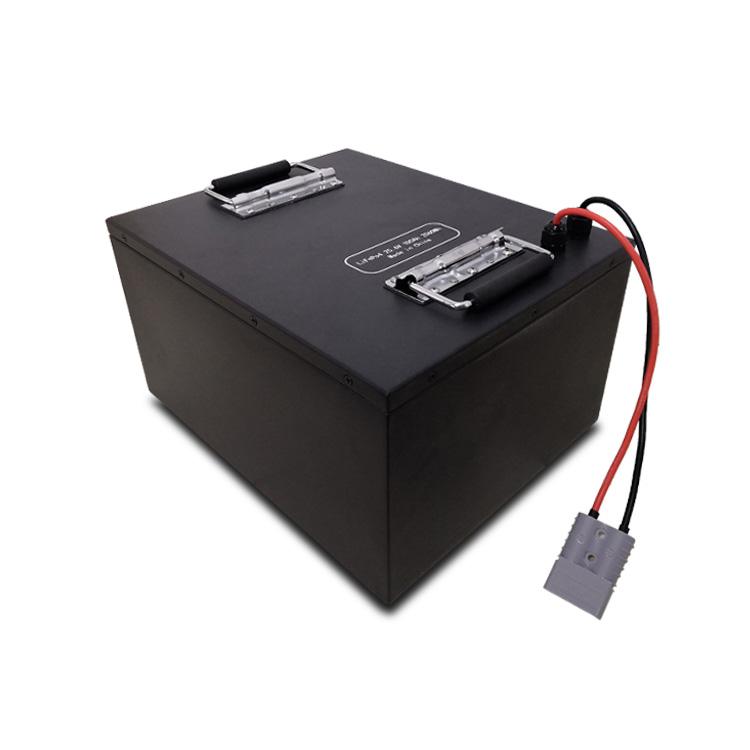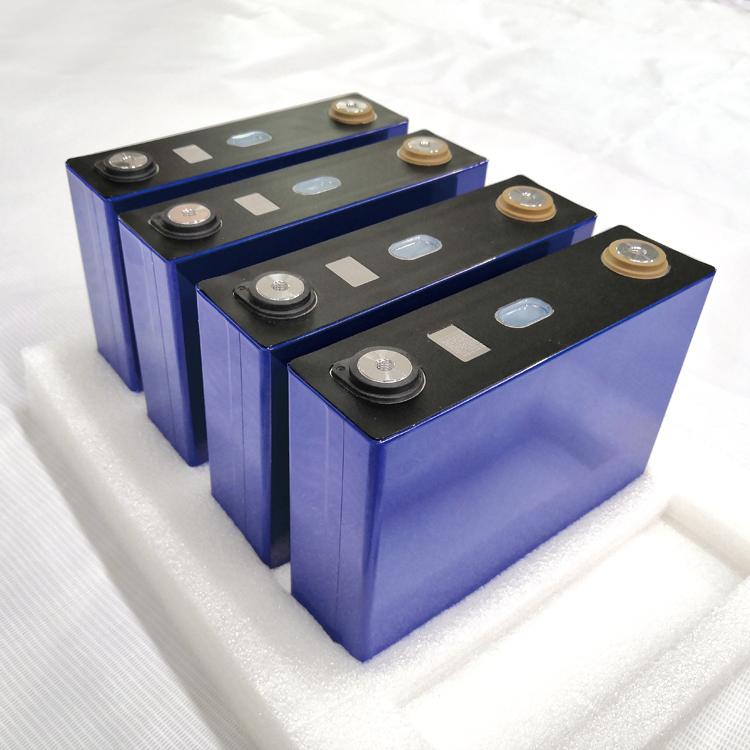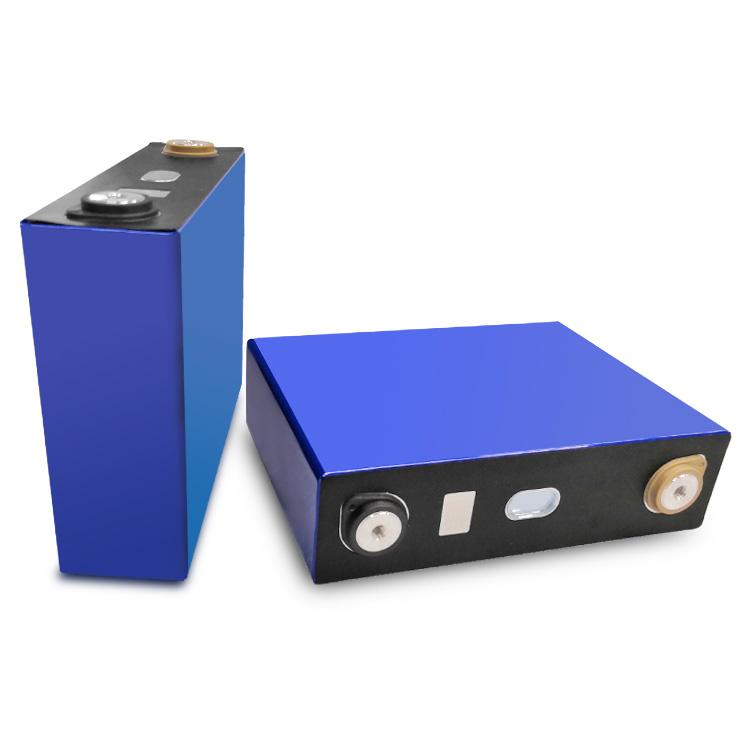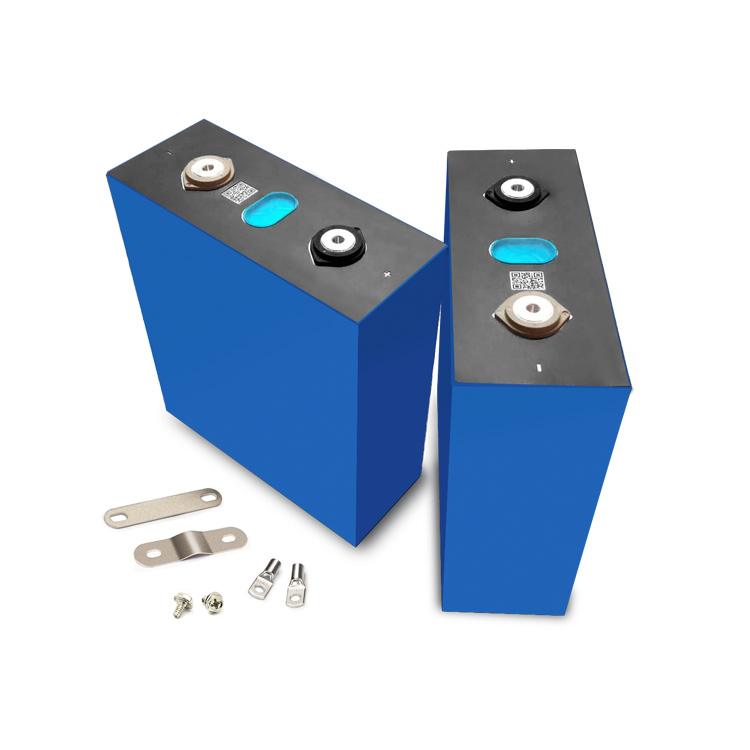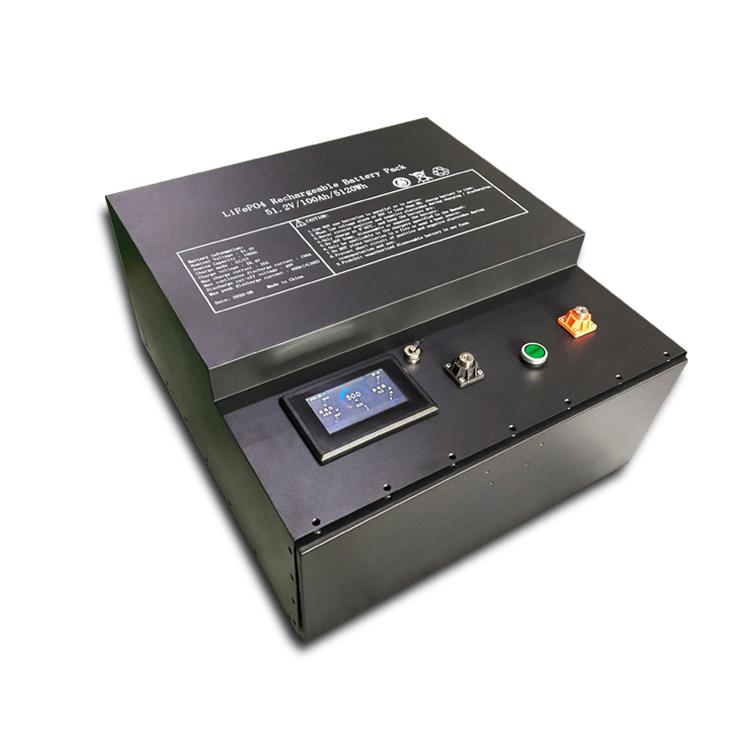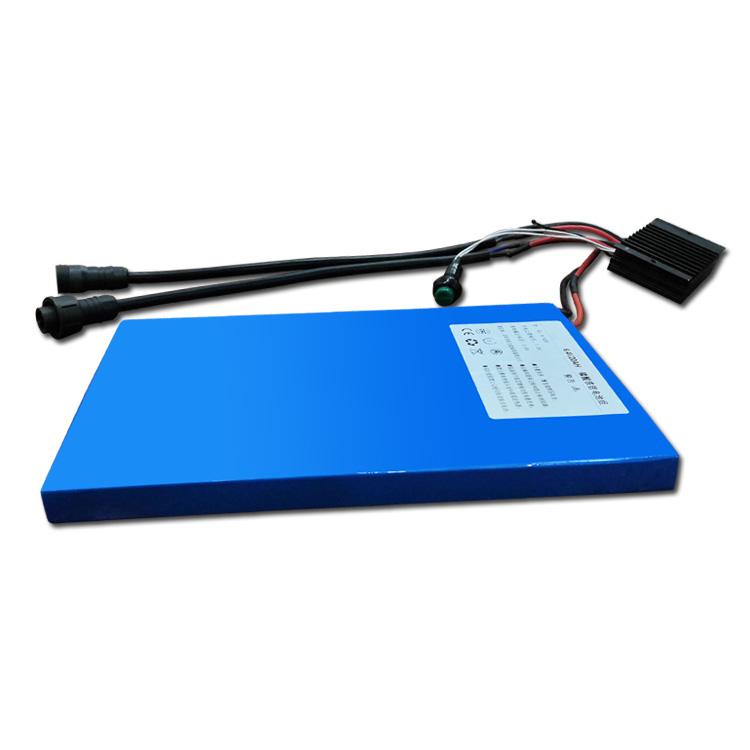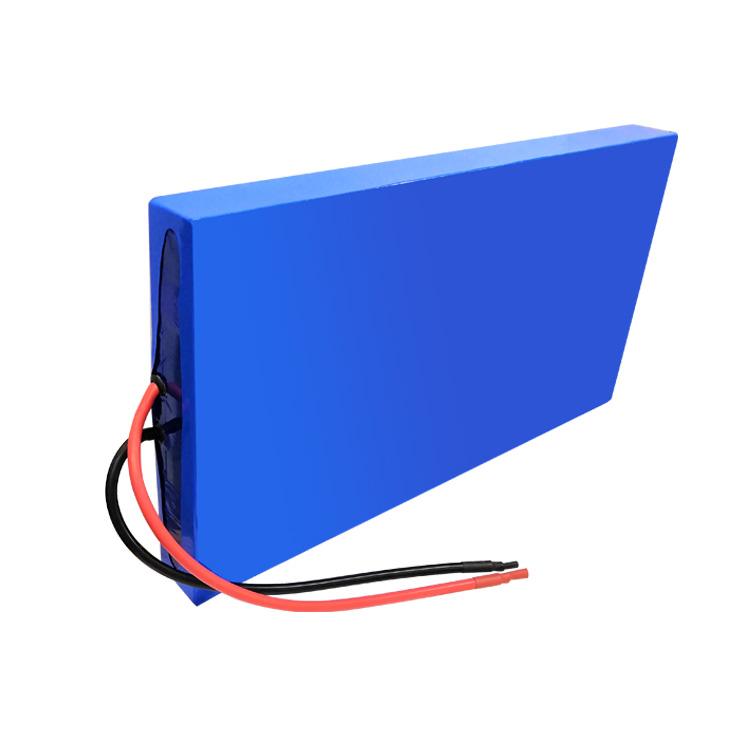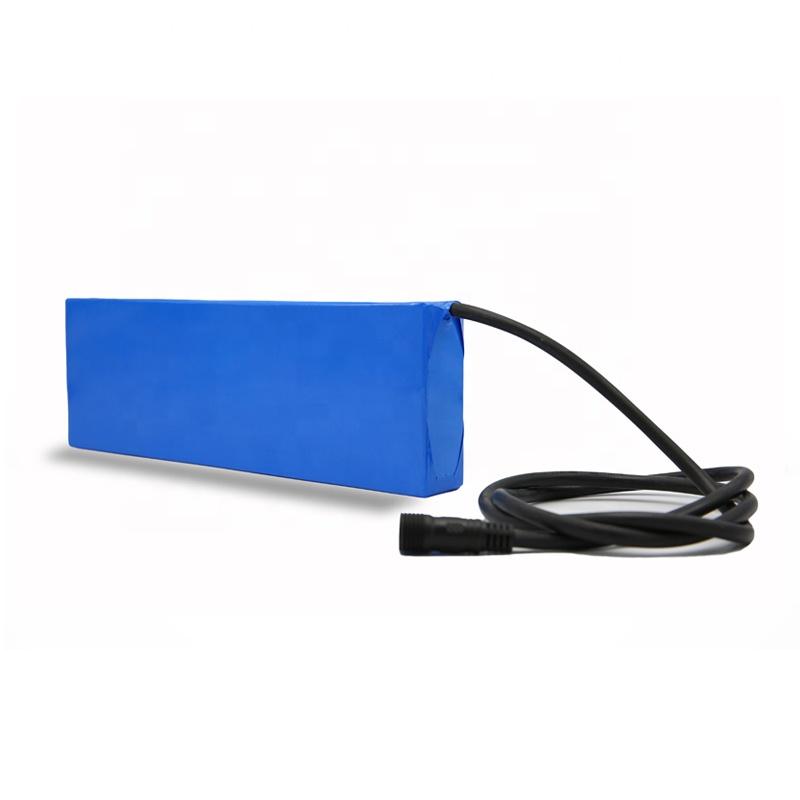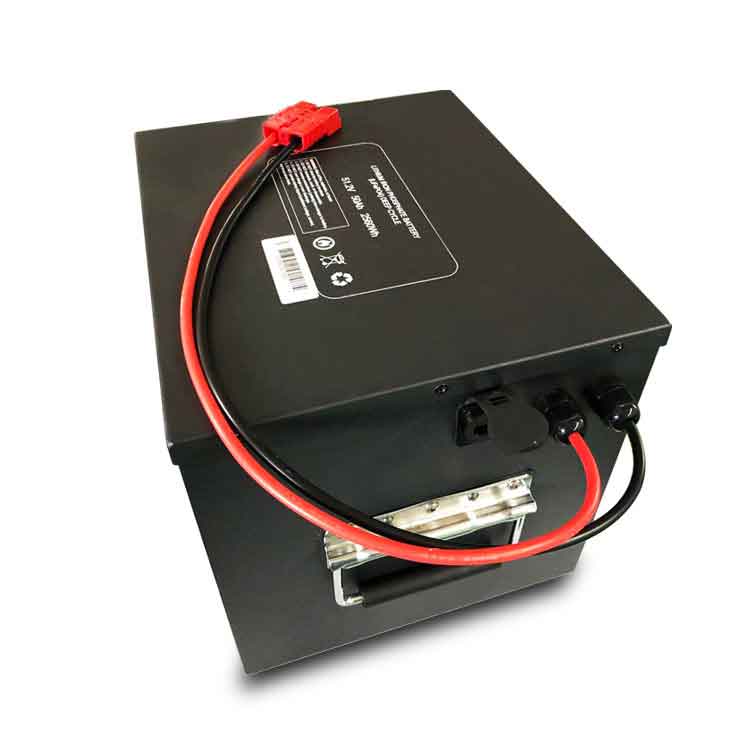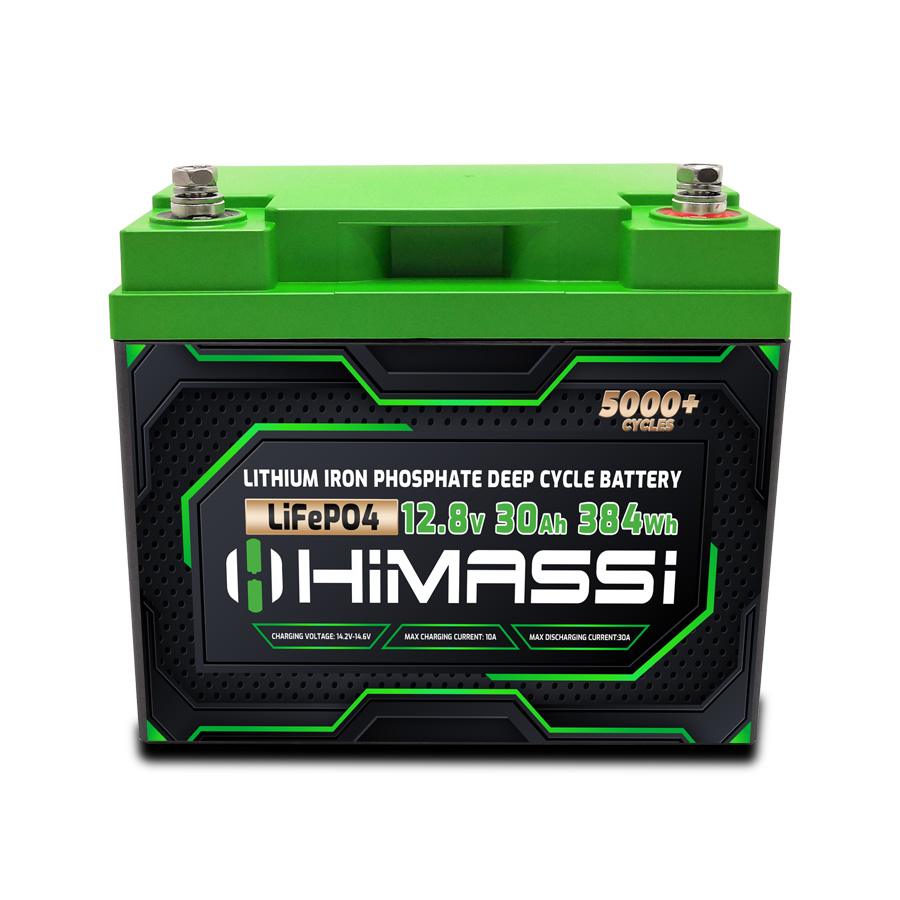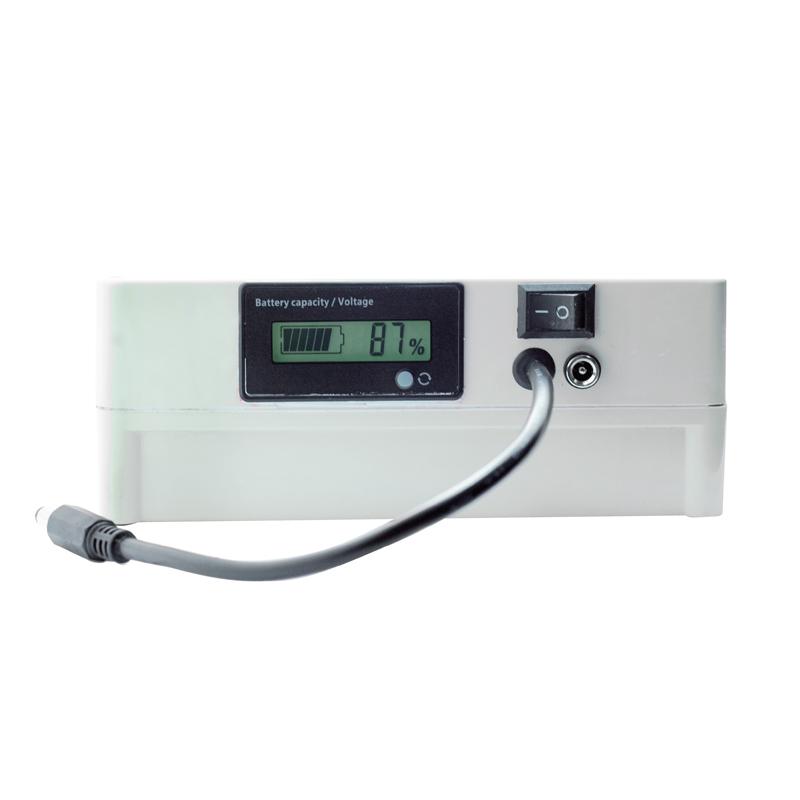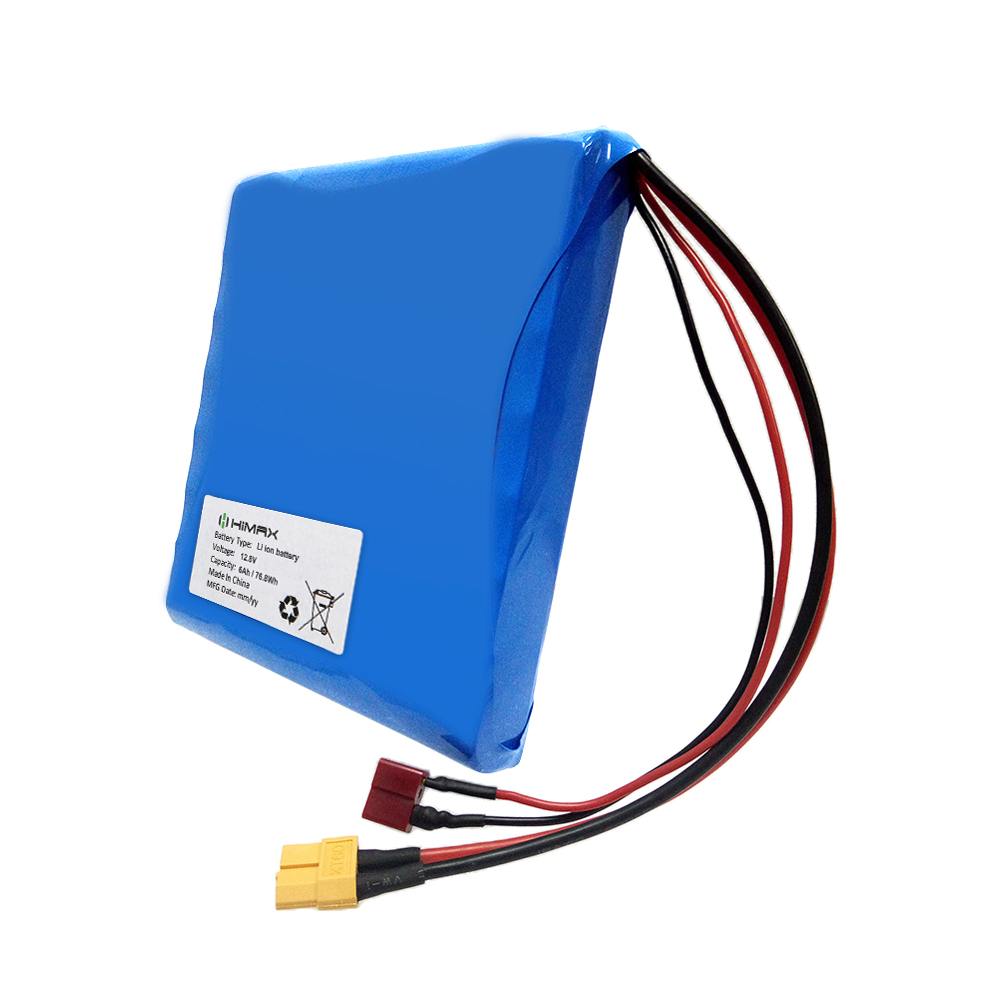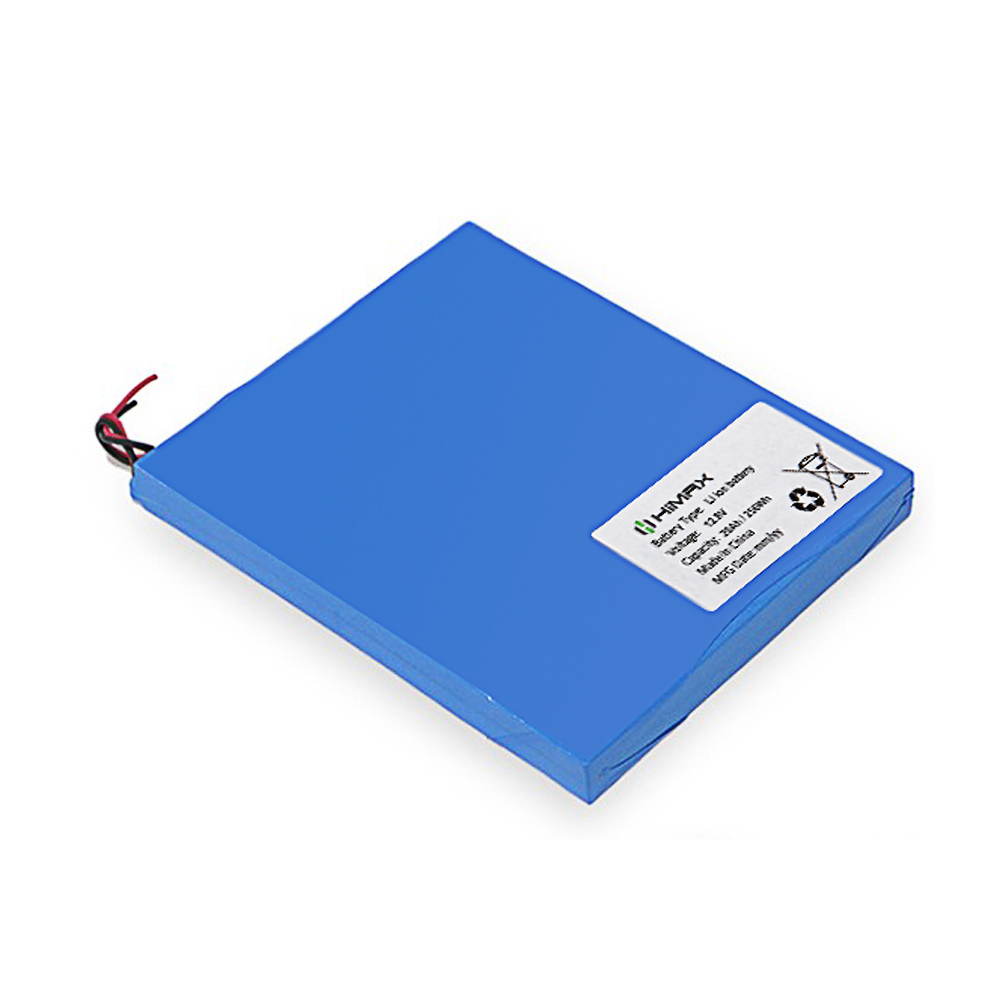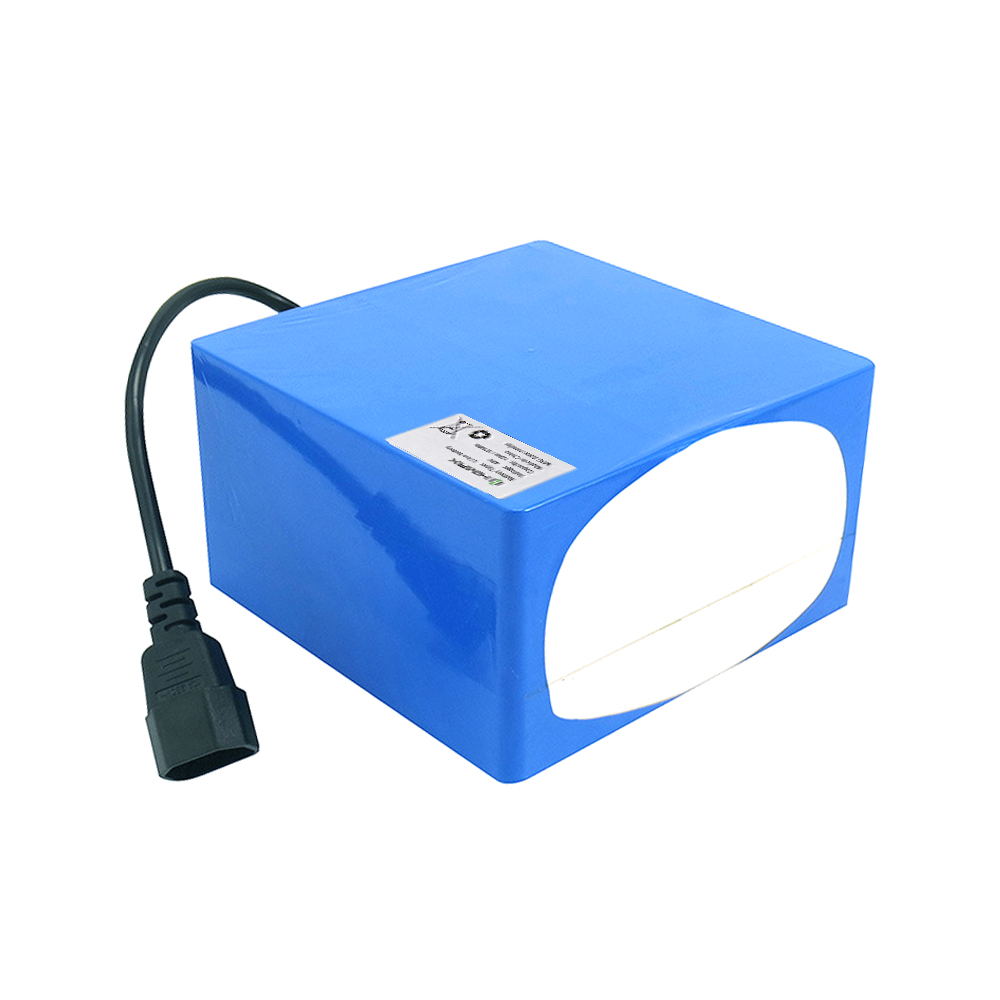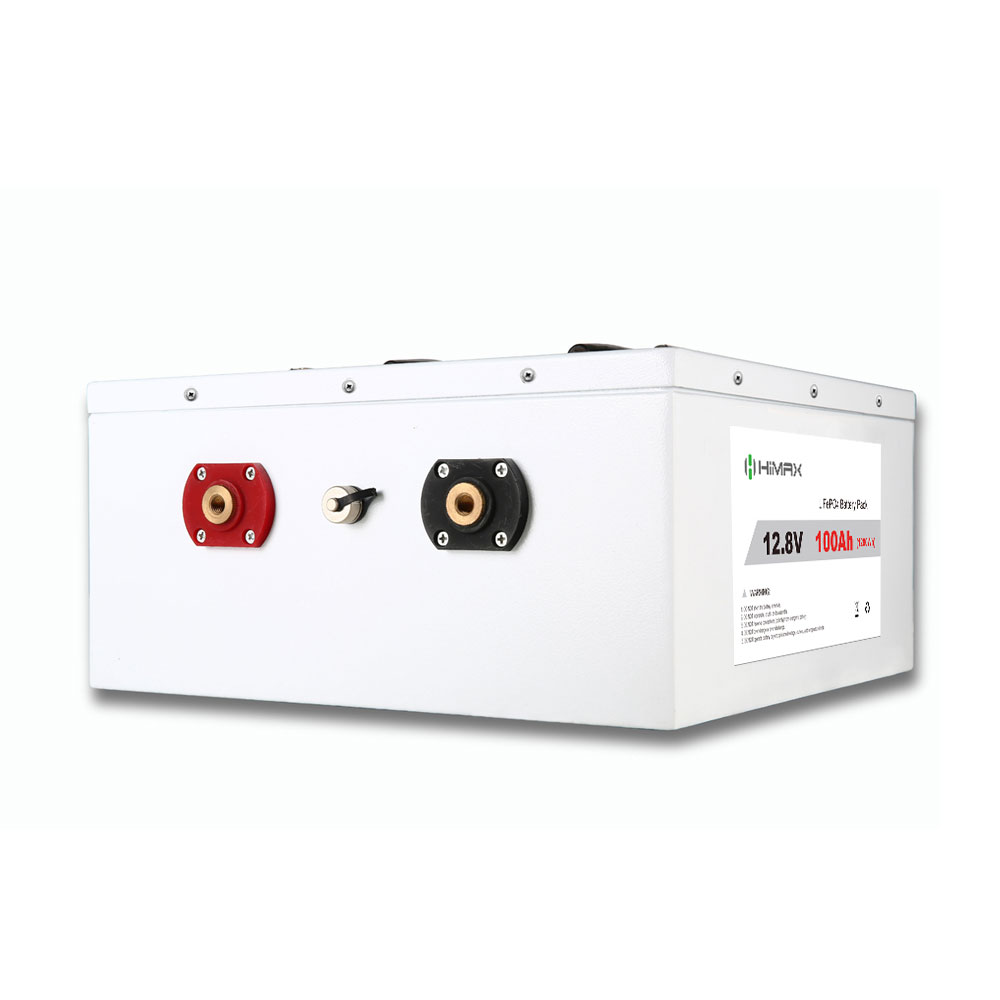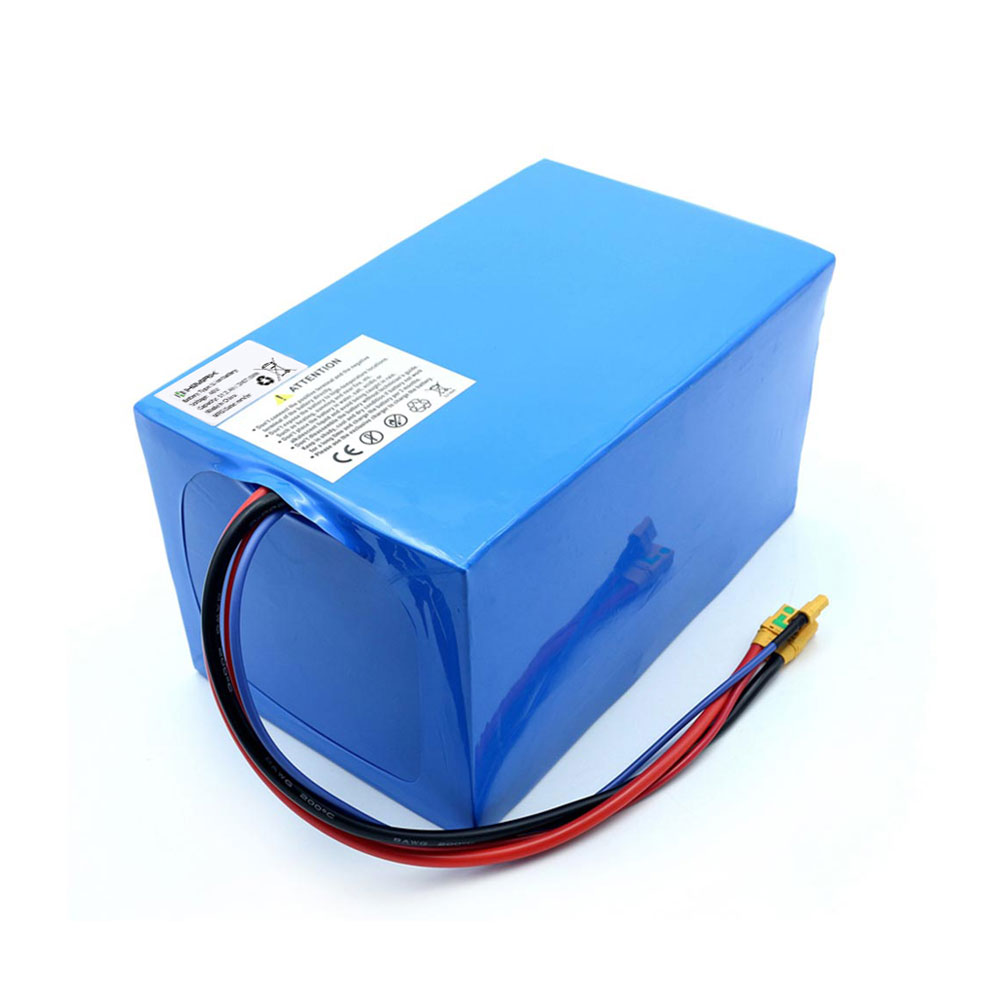Wholesale LiFePO4 Solar Batteries & Custom Lithium Packs by Himax Electronics
Advantages of Himax LiFePO4 Solar Batteries
- Himax Electronics 12V 280Ah LiFePO4 Deep Cycle Solar Battery Pack: Our robust 280Ah lithium iron phosphate battery is engineered for extended deep cycle performance, making it an excellent choice for solar energy storage systems and RV power solutions. This 12V LiFePO4 battery offers superior capacity and lifespan compared to traditional lead-acid alternatives.
- LiFePO4 Battery Pack 12V 52Ah: A compact yet powerful 12V lithium battery ideal for smaller solar battery systems or portable power needs.
- Himax Electronics AGM Replacement Battery 12V 120Ah (Upgrade to LiFePO4): Replace your old AGM with a more efficient 12V 120Ah LiFePO4 battery pack, perfect for solar applications requiring a lead-acid replacement battery.
- Himax Electronics Custom Lithium Battery Packs (24V 100Ah, 48V, etc.): We offer tailored custom lithium battery pack solutions, including a 24V 100Ah LiFePO4 battery for specialized solar power systems and other industrial needs.
- LiFePO4 Golf Cart Battery 51.6V 100Ah: Upgrade your golf cart with our 51.6V LiFePO4 battery, ensuring longer runtime and consistent power for your electric vehicle or solar-charged golf cart.
- LiFePO4 Prismatic Cells 3.2V (200Ah, 150Ah, 280Ah): High-quality 3.2V prismatic LiFePO4 cells (available in 150Ah, 200Ah, 280Ah) for building custom solar battery banks or energy storage modules.
- LiFePO4 Battery 24V 50Ah for Solar: A reliable 24V 50Ah LiFePO4 battery specifically designed for solar power applications.
- Himax 5KW LiFePO4 Powerwall Battery 48V 100Ah: Experience ultimate home energy storage with our 5KW powerwall LiFePO4 battery pack, a robust 48V 100Ah solar battery solution.
- LiFePO4 12V 86Ah Portable Power Station Battery: Power your adventures with our portable 12V LiFePO4 battery perfect for power banks and mobile solar charging stations
Our Himax Electronics LiFePO4 solar battery range offers significant advantages over conventional energy storage solutions:
- Integrated Battery Management System (BMS): Each lithium iron phosphate battery is equipped with a sophisticated BMS providing comprehensive protection against under/over voltage, ensures precise cell balancing, and offers crucial temperature safeguards, extending the solar battery’s lifespan and ensuring safe operation.
- Superior Safety & Environmental Friendliness: Unlike traditional batteries, our LiFePO4 deep cycle batteries are free from toxic chemicals, making them safe for household use and environmentally responsible.
- Unmatched Power Density & Compact Design: Himax lithium batteries boast four times the power density at merely a third of the volume compared to lead-acid batteries, offering a space-saving and efficient energy storage solution for all your solar power needs. This also makes them ideal lead-acid replacement batteries.
- Extended Cycle Life: Our deep-cycle LiFePO4 solar batteries deliver exceptional cycle life, ensuring long-term reliability for your renewable energy system.
FAQs about SOLAR BATTERY
I have 4 each of your 24VDC 200Ah solar batteries that I recently purchased. I want to create two banks of two in series for 48VDC per bank, and then connect the two banks in parallel for a 48 V 400Ah bank of solar batteries. Is this okay?
Yes, it is possible. It is recommended to use 40mm2 or more of wire for series and parallel connections and to ensure that the wire gauge and length are the same.
Please, attention to the precautions for series and parallel:
- The max connection in parallel is no more than 10 pcs. Before connecting in parallel, fully charge the solar battery and test the voltage of each battery. It is recommended to control the battery voltage difference ≤ 20mV to extend the battery life.
- Max series connection = 2 X 24V = 48V. For balance, before connecting in series, fully charge the battery (battery voltage difference ≤ 20mV), connect 2 solar batteries in parallel and put them to rest for more than 12 hrs, disconnect the parallel connection, and connect the batteries in series.
- Do not put used batteries in series and parallel with new batteries. Products from different manufacturers or the same manufacturer but different batches cannot be connected in series or parallel.
Solar battery 12V 100Ah be charged with the alternator on the engine?
Is this solar battery considered a deep-cycle LiFePO4 battery?
Will it harm the LiFePO4 solar battery to charge it less than 100%, such as with an alternator or an inverter/charger in an older solar system for an RV?
AC power is prohibited from charging the solar LiFePO4 battery.
Charging the battery must be DC, and the solar LiFePO4 charging voltage requires:
- 14.2V~14.6V for 12V LiFePO4 batteies.
- 28.4V~29.2V for 24V LiFePO4 batteies.
- 56.8V~58.4V for 48V LiFePO4 batteies.
Using AC to charge the battery will directly short-circuit the battery, high voltage charging electricity will directly cause the battery to overcharge, causing irreversible damage.
Inverter/charger, unless there is a description that can be used for charging 12V lithium batteries, we do not recommend that you use it to charge the battery.
What solar panel do I need for charging? I have a LG375Q1C-V5. Will that work?
It can charge for a 24V solar battery pack (not a single 12V 200Ah battery) and this solar panel charges at a current of 10.4A. This means that for a 24V 200Ah solar battery pack, it will take more time to fully charge the battery (20-21 hours for a full charge is expected).
If an additional solar panel is added in parallel, the charging current will be doubled, i.e. 20.8A, which means that charging a 24V 200Ah battery pack is shortened to 10~11 hours.
NOTE: The above charging times are limited by the sunlight. If it is cloudy or the sun is short, the battery will not be fully charged.
Can I charge this solar LiFePO4 battery with a regular automotive battery charger?
How should I choose Solar LiFePO4 battery 12V 200Ah 100A BMS solar panel and inverter?
Requires 600W (2*300W) solar panels.
Effective sunshine in 1 day: 4.5H (can fully charge the 12V 200Ah LiFePO4 solar battery).
Battery series and parallel connection and load connection wire use: 6 AWG.
Maximum load power of inverter: 1000W.
Recommended inverter power: 1000-2000W.
About the LiFePO4 25.6V 200Ah solar battery, what is the bulk voltage and absorption voltage?
- Bulk voltage:28.4V
- Absorption voltage:28.8V
- Boost voltage:28.4V
- Equalizing voltage:28V
- Float voltage:25.6V
- Boost return voltage:25.6V
- Inverter Setup: Please set up the 24V 200Ah LiFePO4 solar cell according to the above parameters.





